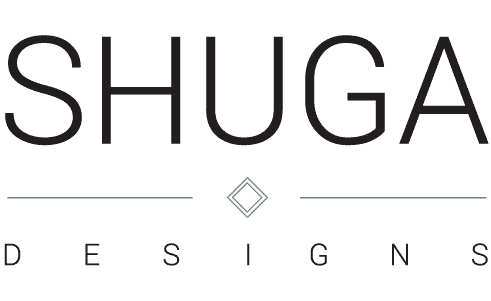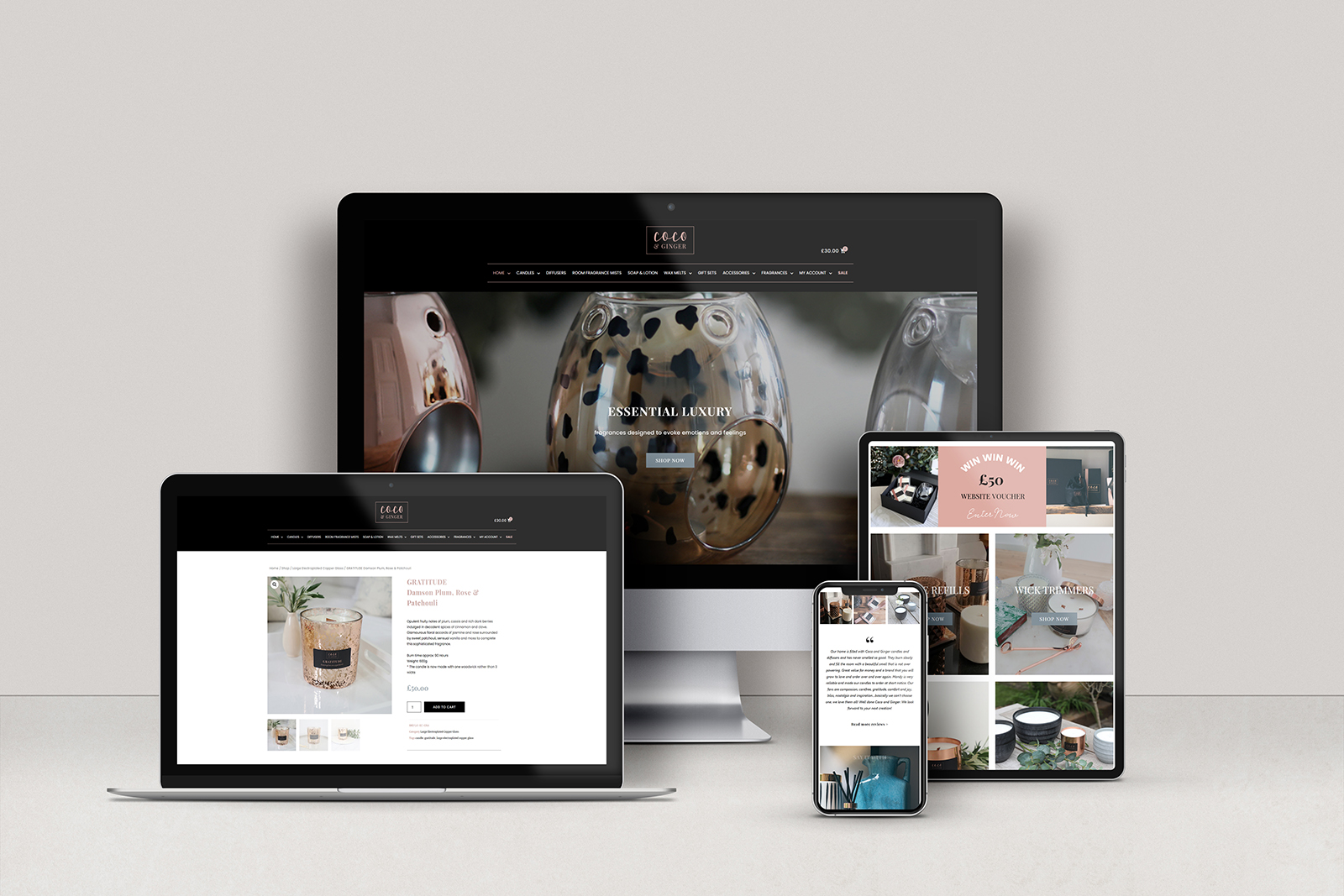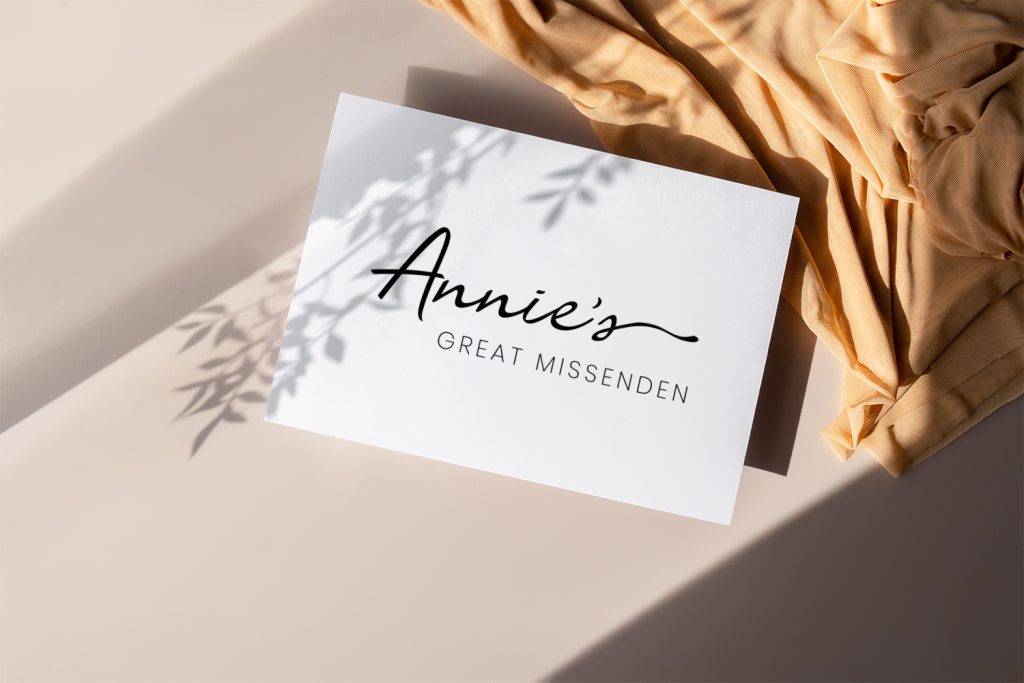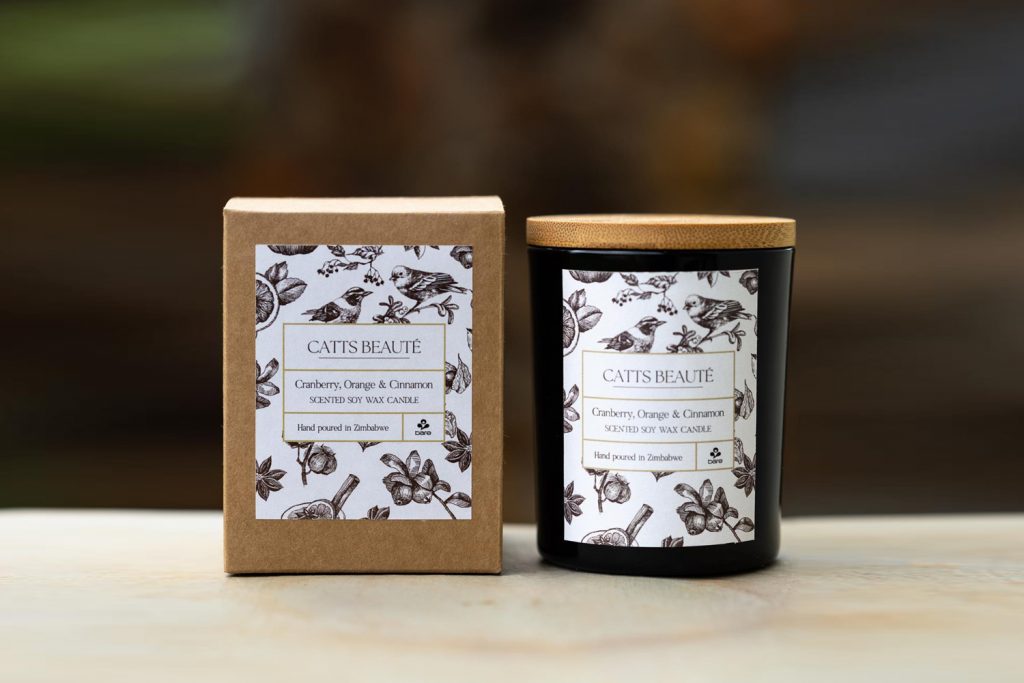Mood Boards: Capturing Inspiration and Creativity with Visual Collages
A mood board is a visual tool that captures ideas, colours, textures and styles related to a specific project or theme.
What is a mood board?
Creating a mood board is an essential step in the creative process as it helps individuals establish a clear, concise direction for their project. By thoughtfully combining images, textures, colors, and text, a mood board can effectively communicate a specific style, theme, or concept to others. This tool is not only used in multiple creative industries like interior design, fashion design, and graphic design, but it is also commonly used by marketing or advertising teams to convey brand aesthetics or product ideas.
Whether it’s physically created with images glued onto a board or digitally compiled using various design software, a mood board serves as a guiding light for the project. It cultivates inspiration, establishes design parameters, and guarantees the final product aligns with the original concept and vision. In short, creating a mood board significantly enhances the creative process, providing a detailed roadmap for successful project execution.


Why should you start with a mood board
Starting with a mood board is a crucial step in any design process because it allows you to establish a visual direction and set the tone for the project. A mood board is essentially a collection of images, colours, patterns, and textures that represent the overall feel and aesthetic of the design project.
By creating a mood board, you can gather inspiration, refine your ideas, and communicate your vision to others. It also helps you to make decisions about colour palettes, typography, and other design elements. Additionally, a mood board can serve as a reference point throughout the design process to ensure that your design stays on track and aligned with your original vision.
Overall, a mood board acts as a guide that helps you stay focused, creative, and inspired, while also serving as a communication tool with clients or peers.


How to create a mood board
To create a mood board, start by identifying the mood or theme for your project. Collect images that inspire you, whether they are photographs, patterns, or colours. Pinterest serves as an excellent source for gathering inspiration, while for beginners, Canva proves to be a fantastic platform for crafting your mood board. You can also include text or other visual elements that contribute to the overall mood. Use a physical bulletin board or digital software to organize your materials in a cohesive and visually appealing manner. Consider juxtaposing contrasting elements to create interest and balance.
Finally, step back and evaluate the mood board as a whole. Does it accurately represent the mood or theme you were aiming for? Is it easy to understand and interpret? Refine and adjust the board as needed until it feels complete and cohesive. Using a mood board can help you stay focused and organized throughout your creative process.












